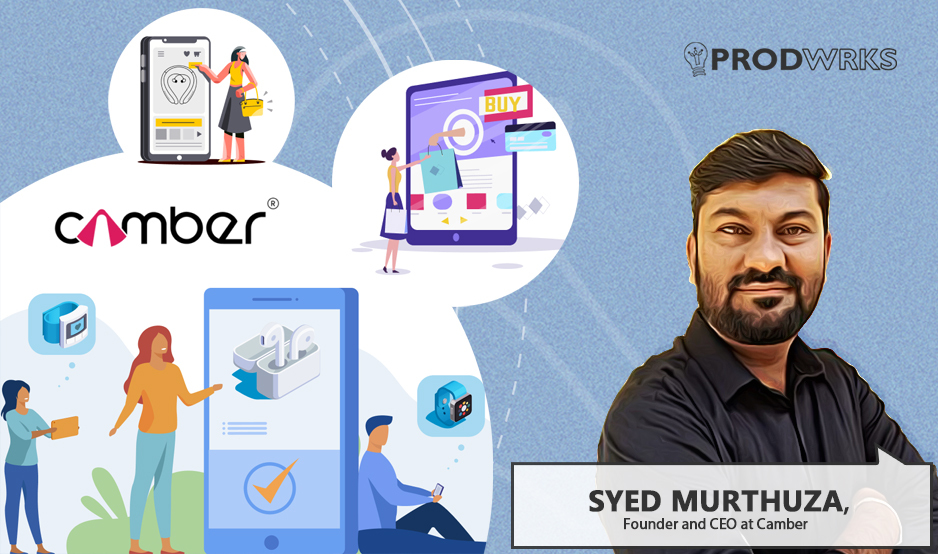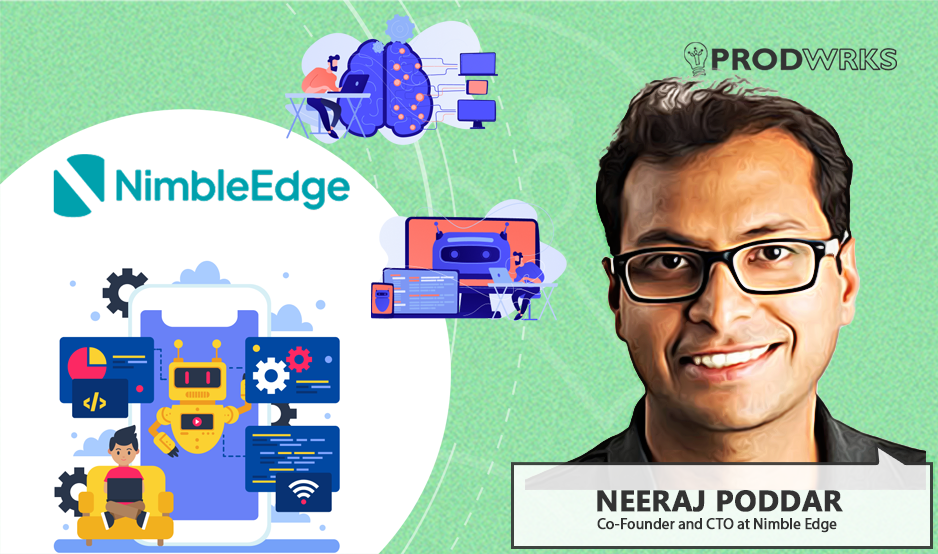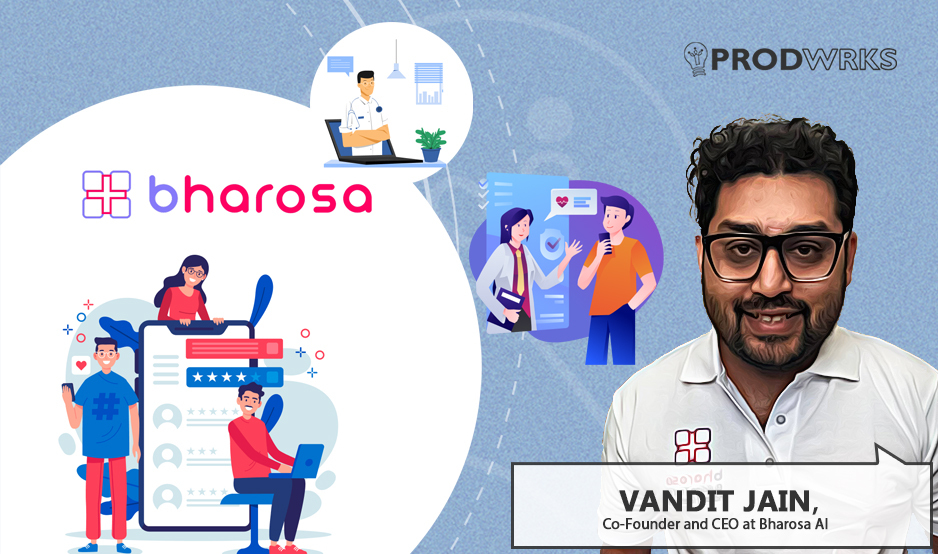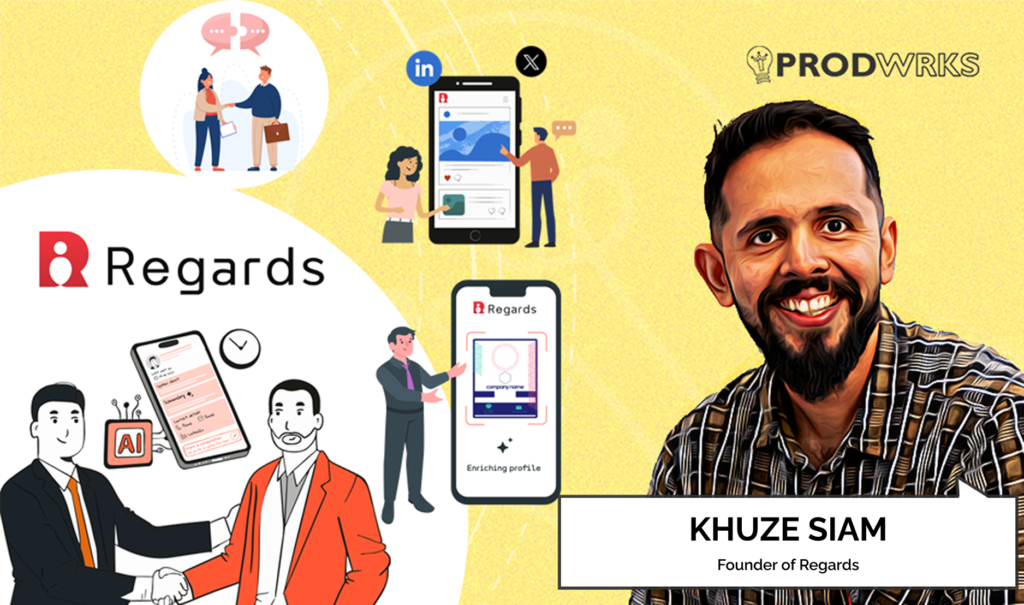
We’ve all been there. You return from a B2B event or a conference with your pockets stuffed with business cards. Your mind echoes the conversations and bursts with ideas for collaboration. However, this wave of initial enthusiasm is quickly replaced by a familiar dread. The follow-ups to build relationships start to feel like a chore and the stack of cards on your desk feel like a monument to missed opportunities.
You tell yourself you’ll get to it, maybe adding them to a sprawling, soulless spreadsheet. You even use tools designed for lead conversions, like CRMs, to manage contacts. But these tools simply cannot “manage” something fundamental, like human relationships. A few weeks later, all those promising connections are buried under the avalanche of the day-to-day.
This problem is so pervasive that most of us have accepted it as an unavoidable drawback of doing business. But what if there was a smarter way? What if technology, specifically AI, could be used not to automate humanity out of our interactions, but to put it back in?
This is the ambitious premise behind the Regards app (www.regardsapp.ai), which positions itself not as another CRM, but as the pioneer of a new category: the Relationship Management System (RMS).
Freshly launched this week in a closed beta to its first couple of hundred users, Regards is the brainchild of Khuze Siam, the founder of Siam Computing, the product studio that built the app. This is a team that experienced this networking friction firsthand and decided to build the solution they couldn’t buy.
Maximizing Network Effects
The story of Regards begins at the start of 2024 with a strategic GTM pivot at Siam Computing. In this high-trust, consulting-led product development business, a staggering 85% of leads came from their founder, Khuze’s network. So the team decided to double down on what they call “engineered word of mouth” to spread their brand name and expertise.
The new strategy was simple in theory. Get Siam’s sales and product leaders out to meet more people in conferences and events, build authentic relationships, and stay top of mind for referrals. The execution, however, was anything but simple.
The process was a time sink. A typical event yielding 40-50 business cards would demand a brutal four to five hours of manual labor, googling the person and their company profiles, building context, shooting friendly mailers, and meticulously entering all details into a Google Sheet or a complicated CRM system. Multiply that by three conferences a month, and the scale of the inefficiency becomes staggering.
Khuze points out that these are problems that most business leaders would relate to. It also becomes particularly hard for leaders to monitor the networking productivity of their team, not in terms of deals closed, but in conversations had.
He highlights a bigger issue. “If somebody from that sales team leaves, then they take all these contacts with them. The contacts belong to the organization because the organization has spent money to sponsor this individual's trip.”
Levelling up from CRMs to RMS
To solve these problems, Khuze initially searched for a tool to buy and not build. But the market only offered a sea of CRMs. Traditional CRMs force relationships into a linear, transactional funnel. Contacts become leads, leads move through stages, and the goal is deal closures or ‘conversion’. However, real relationships are non-linear.
Khuze says, “The term CRM is supposed to be customer ‘relationship’ management, but everybody's forgotten the relationship part of it. A conversion happens as a byproduct of staying in touch with somebody and maintaining relationships.”
This was the first core insight. Not all people we network with are “customers” to be managed by CRMs. Networking isn’t just about the next sale. It’s about building a constellation of allies, potential hires, vendors, mentors, and referrers.
The second, and perhaps more profound problem, was nurturing the relationship. Anyone regularly attending conferences and events would personally meet and network with nearly 1,000 – 2,000 people in a year. How do you distil and authentically stay in touch with all the right people?
These insights form the philosophical core of Regards. The goal, as Khuze puts it, is to “solve for the quality of the interaction and build relationship.”
This led the team to define a new category for their product: Relationship Management System (RMS). This isn’t about deal flow or pipelines of a typical CRM. It’s about being top of mind. This philosophy even dictated the evolution of their domain name, from an early ‘www.regardscrm.ai’ to the final ‘www.regardsapp.ai’, shedding the baggage of the very category they seek to disrupt.
Regards 1.0 - The South Africa Litmus Test
Instead of spending months in a vacuum debating over how to solve for interaction or relationship quality, the Regards team did what great product teams do. They built something fast and started testing.
Regards 1.0 was a simple prototype with one core function: scan a business card, and a pre-written “nice to meet you” email (conversation starter) would be sent automatically to your contact.
The testing ground was a conference in South Africa, where Khuze attended to network and meet potential clients for his product development studio. The results were immediate.
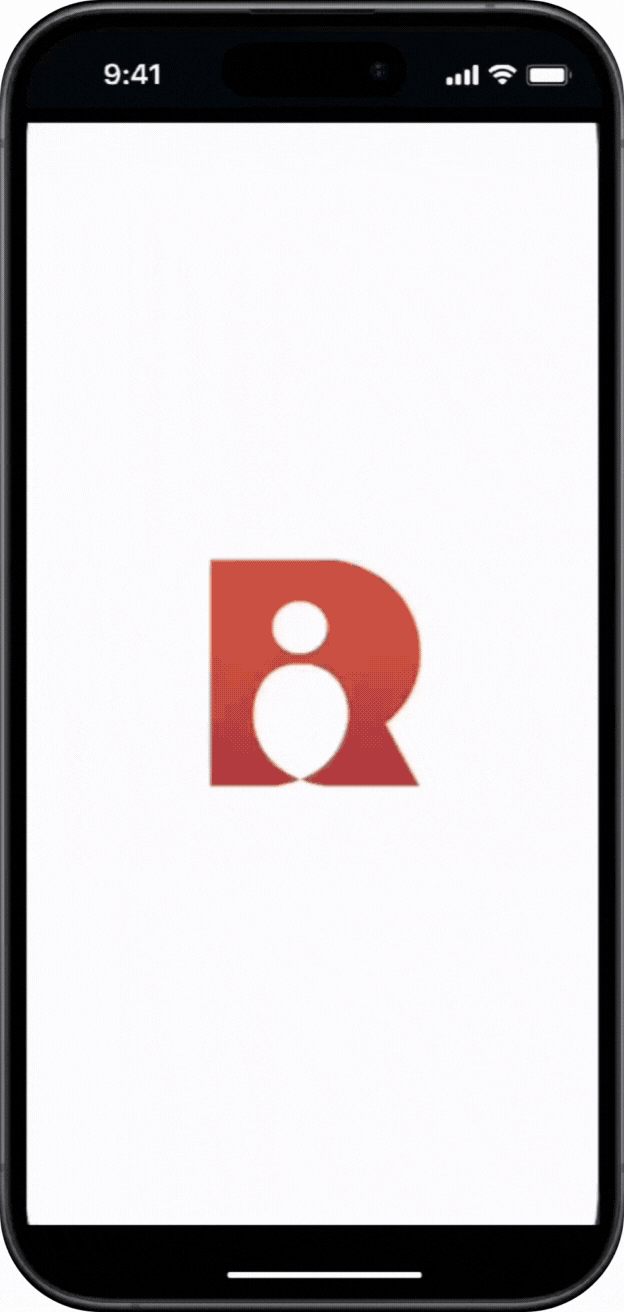
Khuze says, “Even as I was scanning cards with the Regards app in front of people, they were like, ‘What is this? When can we use it?’ People who instantly got the “nice to meet you” email were impressed. They were curious to know, how I sent the mail so fast! A few people said that this is something that they would pay for.”
Under the Hood of Regards 2.0
This week, as Regards 2.0 goes to public beta testing in the hands of 150+ users, we asked their product team to show us a glimpse of what’s under the hood and how the product is driven by intuitive AI-first workflows,
They shared that the product is built on three foundational pillars designed to address the entire lifecycle of a professional connection.
Pillar 1: Seamless Contact Addition
The first step is to eliminate the friction of getting contacts into the system (data entry). This means building features like an AI-driven business card scanner to extract relevant information, an easy manual entry form, and the ability to pull information from your phone’s contacts. The team is already thinking about NFC-based additions for the future
The design is mobile-first, built for the “pause between multiple conversations” at a live event.
“As soon as you think that you'll do it on your desktop after the event is over, the networking game is lost. So Regards is designed to instantly add contacts and send those conversation starters that we take so much time to do,” says Khuze.
Pillar 2: Intelligent Enrichment
Once a contact is added, the Regards AI engine gets to work. It scours the public web (LinkedIn, Twitter, Google News) for relevant information about the person: job titles, company details, media mentions, funding news.
The key here isn’t just data aggregation. The AI engine intelligently summarizes relevant information about your contact. The goal is to present a concise snapshot on a mobile screen that gives you immediate context, right when you need it, before a meeting or a follow-up with that contact.
Pillar 3: Nurturing with Organic Follow-Ups
The completely AI-driven “nurture engine” is the heart of Regards. It is designed to provide the perfect reason to reach out at the perfect time.
It’s driven by a sophisticated ranking algorithm that considers multiple factors:
1. User Intent: The AI picks up on intent of the interaction or relationship with the contact from the user’s own notes. Your voice memo saying, “I had a great conversation with XXX and need to send him a deck about my company next week,” gets transcribed and turned into a timely reminder.
2. Social Triggers: Regards monitors public social updates. If a contact posts about an event they are participating in Bahrain, the conversation starter might be: “Wish XXX on his Bahrain trip. Ask him more details about it.” This is a world away from a generic “just checking in” email.
3. Common Ground: The AI analyzes profiles to find commonalities (for ex: shared schools, hometowns, or professional interests). For instance if you are in healthcare and your contact is also in the same domain, Regards might surface a relevant article and suggest, “I read this about healthcare and thought you’d find this interesting.”
4. A “Tinder-esque” Interface: To combat the overwhelm of a large network, Regards presents potential follow-ups in a simple, swipe-based interface, making the daily task of nurturing feel less like work and more like a game.
AI is Weaved into Regards. It's Not Just a Wrapper
In today’s tech landscape, when “AI-powered” is slapped onto every product, the Regards team is remarkably thoughtful about its implementation. Khuze says, “AI is not a ‘slap-on’ on the product. AI is weaved into the product.”
The difference is crucial. They are not trying to automate the entire process, a choice that could easily backfire and feel creepy. Khuze shared a cautionary tale from a personal CRM product he was testing out while undertaking competitor analysis.
“It synced with my entire Gmail, which felt incredibly invasive, and then it sent me a prompt that said, ‘Here is this person you’ve not interacted with in many years. Why don't you send them a hello?’ And the person it had surfaced was my cousin. I don't need that ‘intelligence’ in a professional context.”
Regards avoids this by using AI as your intelligent assistant without removing the human in the loop. For instance, instead of just importing your contact network blindly, the AI might ask personalized trigger questions during onboarding.
The AI suggests, it prompts, it provides context, but the final action, “the human touch,” remains with the user. It’s a delicate balance between efficiency and authenticity.
The Go-to-Market Blueprint
The goal here isn’t scale, but depth. “It's really important that we get people that we can actually pick up the phone and get into detailed conversations with, to understand how they're using Regards,” Khuze explains.
Interestingly, the initial sign-ups have already challenged their primary hypothesis. While they expected small business owners and investors from their network, the list is filled with operators from diverse fields.
This early signal suggests the problem that Regards is solving may be even more universal than they first imagined. The potential clients can be owners of B2B services, real estate agents, insurance brokers, etc. Essentilly, people who rely on referrals, and it isn’t an immediate lead generation.
With the closed beta underway, the focus now shifts to bringing Regards to the world. They have adopted a three-pronged GTM strategy that is as deliberate and thoughtful as the product itself.
1. Conference Partnerships: Becoming the official networking tech partner for conferences, embedding Regards directly into the environment it was designed for.
2. Forum & Community Outreach: Approching networking groups (for ex: NASSCOM, SICCI, TiE) and various small business forums where relationship-building is paramount.
3. Vertical-Specific Targeting: Identifying professionals who live and die by referrals (real estate agents, insurance brokers) and showing them a better way to stay top of mind.
The pricing is being finalized but is targeted at an accessible $15 per month (targeting the US market), significantly lower than most CRMs.
The team is still debating a free tier. But a paid-only model could also make sense to ensure they are building for core users who truly value the solution, pushing the product further from a “nice-to-have candy” towards an indispensable “painkiller.”
Building a New Grammar for Networking
Regards is at a fascinating, critical juncture. The coming months will be about testing their hypothesis in the wild. The team will be tracking key metrics: frequency of use, number of contacts added, completion rate of suggested actions, etc.
But the most valuable data will be qualitative. It will be conversations to understand what people “feel about it.”
“Right now LinkedIn prompts you to say 'Congratulation!' for people who have posted about a promotion or a work anniversary. It feels transactional. If Regards can actually make that a genuine human interaction of ‘I'm so happy for you,’ and convey it to your contact that your genuinely are, that's a great outcome,” Khuze muses on the ultimate goal.
We asked Khuze, “If Regards is wildly successful, how will it change how we network in the next two years?”
He said, “The goal is to remove a lot of the dread that people have when it comes to networking. Even for someone who is social, doing the follow-ups is never pleasant. It’s a boring task. If you can remove that, and if you can use AI to help people have interactions they feel good about, that’s the goal.”
He concludes with a profound statement that Regards is a “counter-intuitive bet that an AI can help us be more human.

